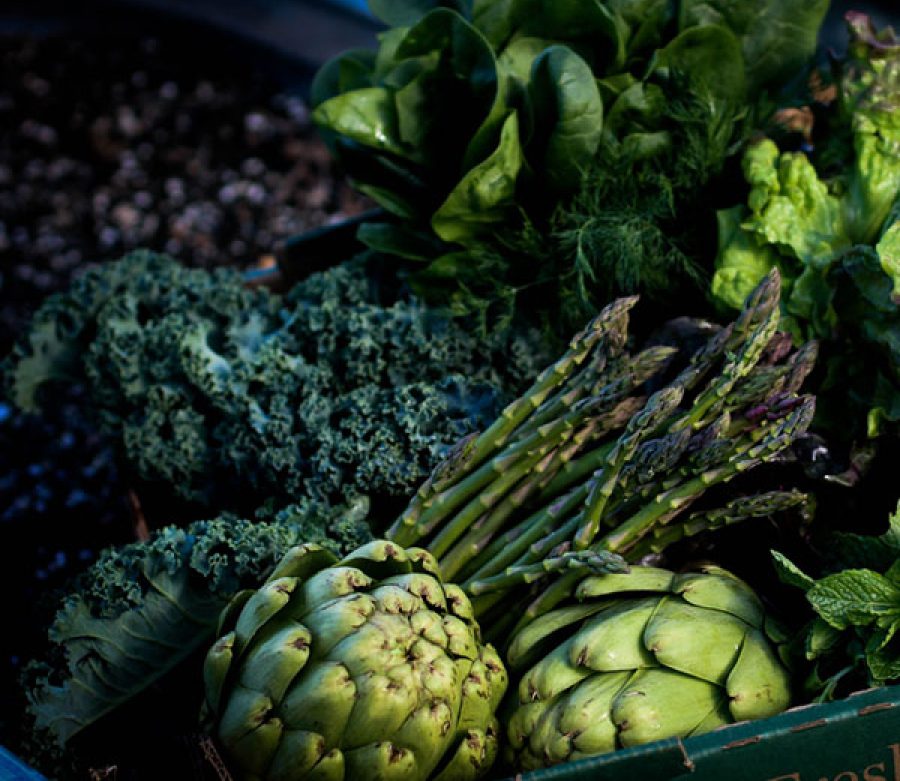Go Green, Sustain Yourself
We all want a healthier planet and in our businesses, homes and lives it’s a good thing to be mindful of every day. In little ways we can make a difference and every effort adds up in the collective whole. So let’s nix plastic water bottles, use energy saving light bulbs, recycle, buy sustainable fish and support our local farmers, among many other things. But there is one more very important step to take to improve our planet, and that is to be a healthier YOU. How about taking an eco tour of yourself to raise awareness about your own “personal planet”? We each have our own individual ecosystem and a big responsibility to take care of it.
How well are you managing your planet? Providing the best tools toward good health has got to be a major part of our better, greener personal world. If we eat healthy, exercise and respectfully take care of our bodies then there is less drag on the entire system. It’s a long-term strategy but the payoffs are big … a healthier, happier more energetic you!
Going green begins with great biofuel, which means fresh unprocessed ingredients pulled together in delicious ways. But for now let’s stick with our color scheme. Actually the color green found in plant food is derived from the production of chlorophyll (which means “green” in Greek). Chlorophyll is the green color component produced by plants as a way of storing energy from the sun; like a little solar energy farm, producing energy you can eat! Plug in and you can run on that energizer resource all day long. All green plants are rich in this powerful nutrient and you can find it all over the produce section. More than that, green foods are chock full of phytonutrients. They are “uber foods” providing a great source of anti-oxidants (which help prevent cellular damage), tons of vitamins (each vegetable is a specialist); they go easy on the calorie count (a source of complex carbs); and they have lots of good insoluble fiber to keep things moving and contain very little fat. So kale, brussel sprouts, cabbage, broccoli, asparagus, leafy greens, artichokes, edamame, kiwi, basil and fresh herbs are all great examples of places to start. Coming up with ways of incorporating five to seven fruit and vegetable servings a day is your personal planetary goal.*
By adding green to breakfast, snacks or any meal, you will have a renewable resource of fuel every day. Chef Jeremy McLachlan, whose name alone suggests he might know a green leprechaun or two, has some great suggestions for you in his blog: It’s Not Easy Being Green! Go green and save your personal planet!

